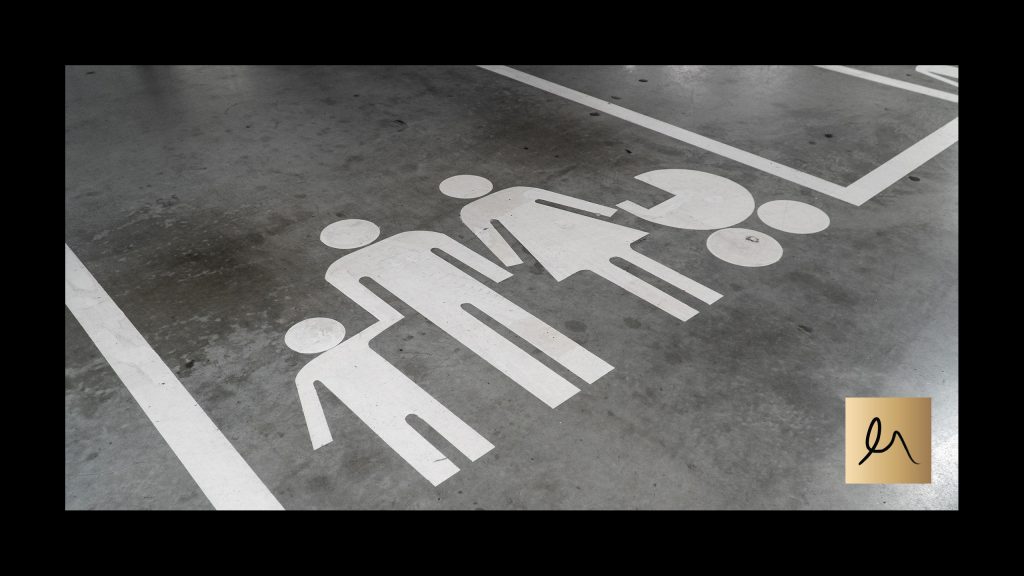Aside from divorce, custody arrangements are one of the most important aspects of family law. This is because these arrangements can have a significant impact on both the parents and the children involved. If you are currently dealing with a custody situation, there are a few things that you should keep in mind to make sure that everything goes smoothly.
What Is Custody?
In Australian family law rules, custody refers to the legal right of a parent or guardian to make decisions about their child’s care and welfare. This includes decisions about where the child will live, what kind of schooling they will receive and what medical treatment they will receive. Custody can be shared between parents, or one parent may have sole custody. In some cases, grandparents or other relatives may have custody of a child.
There are two types of custody: legal and physical.
Legal custody gives a parent or guardian the right to make decisions about their child’s care and welfare. Physical custody refers to where the child will live.
A parent with physical custody has the right to have their child live with them full time. A parent with legal custody has the right to make decisions about their child’s care and welfare, even if they do not have physical custody.
Custody arrangements can be made through court order or by agreement between the parents. If parents cannot agree on a custody arrangement, they can ask a court to decide for them. A court will always make its decision based on what is in the best interests of the child following family law rules.
Factors to Consider When Making a Custody Arrangement
When making a custody arrangement, there are many factors to consider to ensure that the arrangement is in the best interest of the child and in accordance with the Australian family law rules. Some of these factors include:
- Age of the child
- Child’s relationship with each parent
- Child’s schooling and extracurricular activities
- Work schedules of each parent
- Location of each parent’s home
- Child’s preference (if the child is old enough to express a preference)
- Any special needs or medical conditions of the child
- Any history of domestic violence or abuse by either parent.
Ultimately, the goal is to create a custody arrangement that is stable and provides the child with as much stability and continuity as possible.
At What Age Can a Child Refuse to See a Parent in Australia?
The law in Australia is that children have a right to spend time with both their parents, regardless of the parents’ relationship status. However, there are some circumstances in which a child may refuse to see one or both parents.
If a child is aged 10 years or older, they may have a say in whether they spend time with their parents. The court will take into account the child’s wishes but will also consider what is in the best interests of the child.
If a child is aged 16 years or older, they can make their own decision about whether they want to spend time with their parents. However, the court may still consider the child’s best interests when deciding on custody arrangements.
Can a Father Take a Child Away From the Mother?
A father can take a child away from the mother in Australia if he has been granted sole parental responsibility by a court. If the parents have joint responsibility, then both parents must agree to the child being removed from the mother’s care. If the father does not have sole parental responsibility, then he will need to obtain a court order permitting him to take the child out of the country.
However, even if a father has sole parental responsibility, he still may not be able to take a child out of the country without the mother’s consent if she has an objecting right under s 60B of the Family Law Act 1975.
What Rights Does a Father Have to See His Child?
When it comes to child custody, fathers in Australia have the same rights as mothers. That is, there is no legal distinction between the sexes when it comes to parenting responsibilities.
However, they may not have the same level of access as mothers. The father’s rights will depend on the child’s best interests and the parenting order that is in place. If there is no formal agreement in place, fathers can get a top family lawyer in Australia to contact the court and request access to their children.
In some cases, fathers may be required to pay child support if they want to see their children. Mothers also have the right to see their children, but they may have to go through the same process as fathers if there is no formal agreement in place.
Advice for Parents Dealing with Custody Issues
If you’re going through a divorce or separation and have children, you’ll need to work out a custody arrangement. This can be a difficult process, but there are some things you can do to make it easier.
- Be flexible. It’s important to be willing to compromise and be flexible because you may not get exactly what you want.
- Communicate with the other parent. Communication is crucial if you want a custody arrangement to work out.
- Put your children first. Make sure that any custody arrangement you agree to is in your children’s best interests. A good family lawyer in Sydney makes the process as smooth as possible.
- Seek mediation. A mediator can help you and the other parent come to an agreement that works for everyone involved.
- Talk to a lawyer. Family lawyers in Sydney can give you advice on the best way to proceed and help you understand your rights.
Madison Marcus: Your Family Law Specialist
If you’re going through a divorce or seeking child custody, get a clear understanding of the law from the top family lawyers in Sydney. We, at Madison Marcus, have a team of experienced family law specialists who can provide valuable guidance and advice on how to navigate the legal process. With careful planning and consideration from our team, you can create a custody arrangement that works for your family.
For all enquiries or to book a free 15-minute consultation, contact us today.







